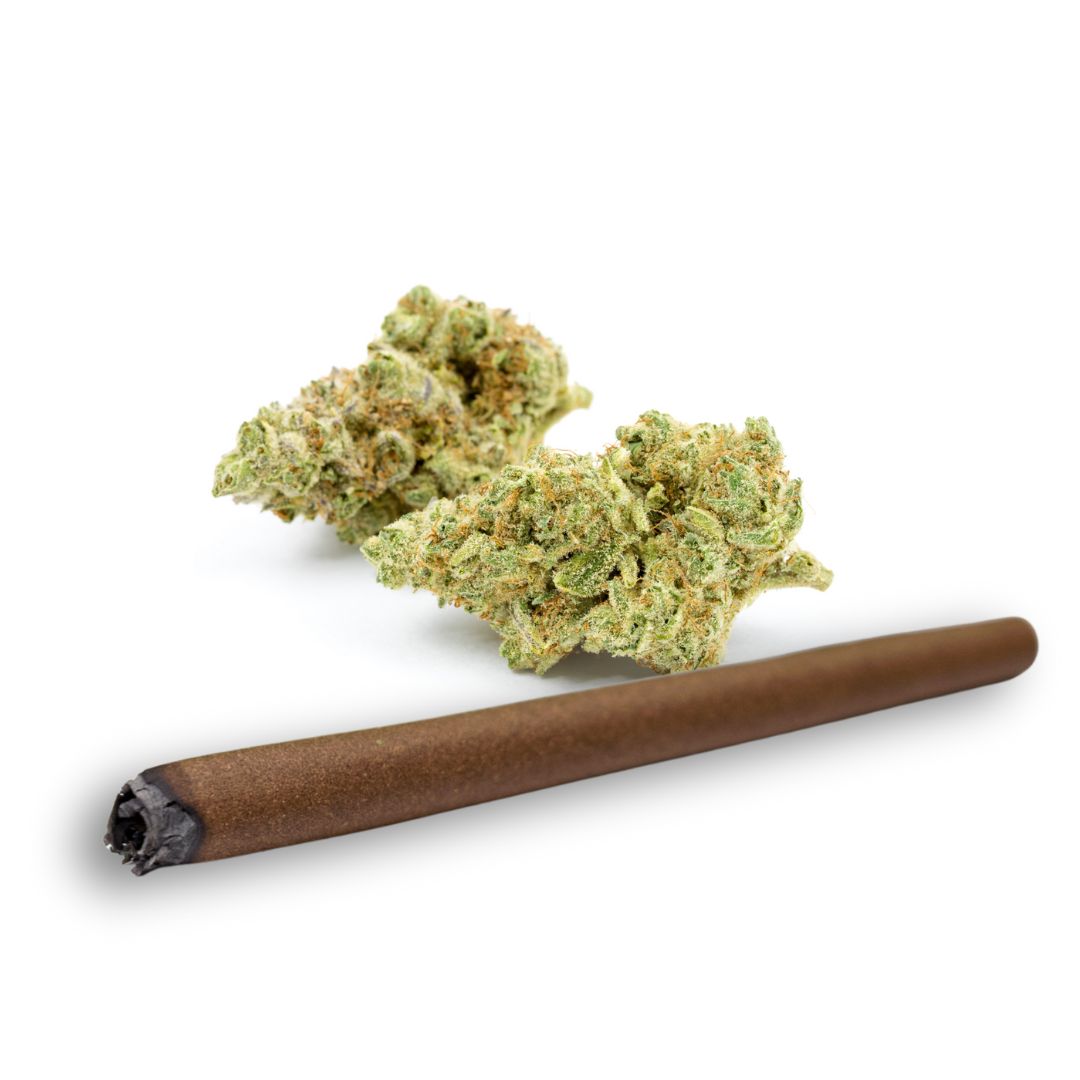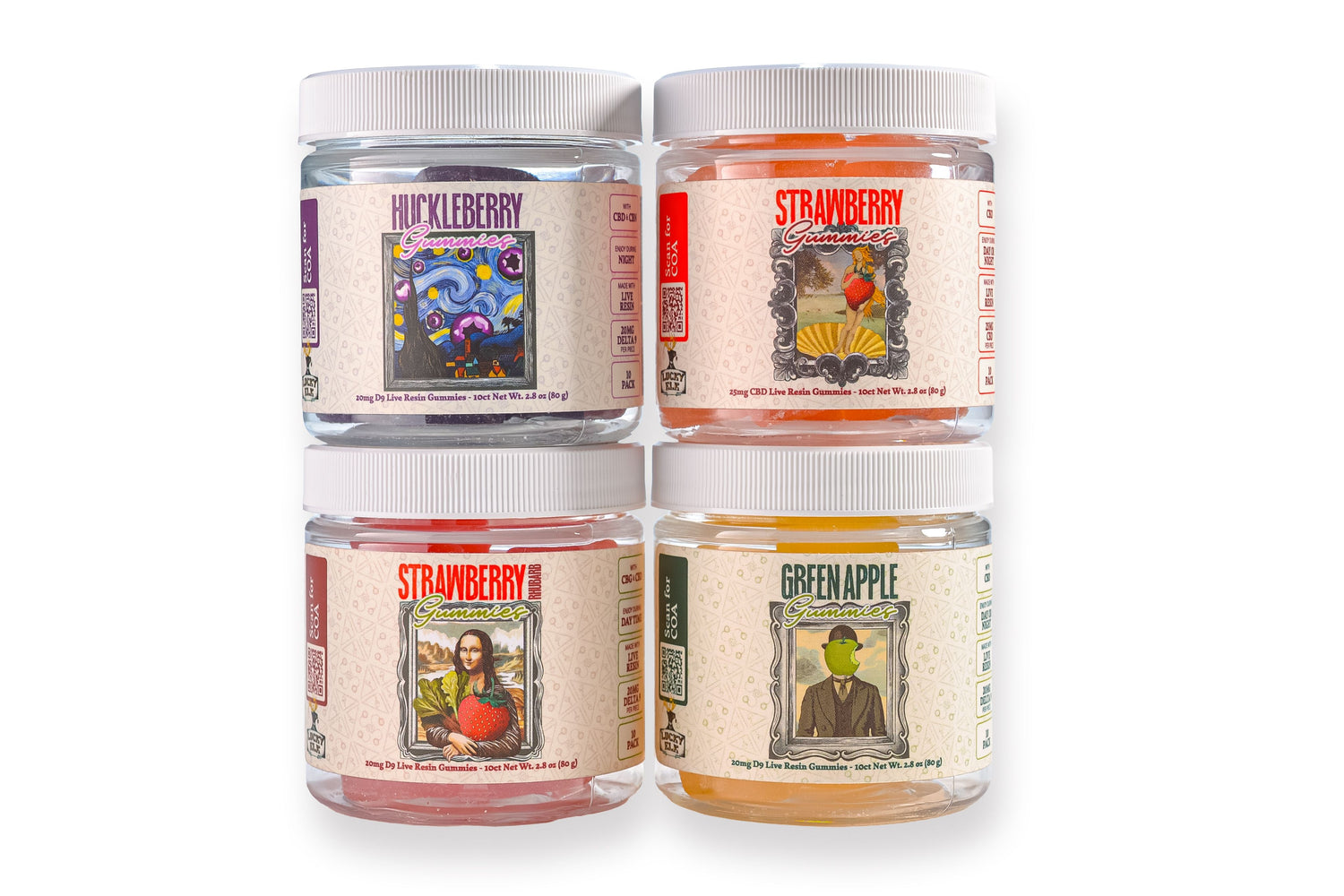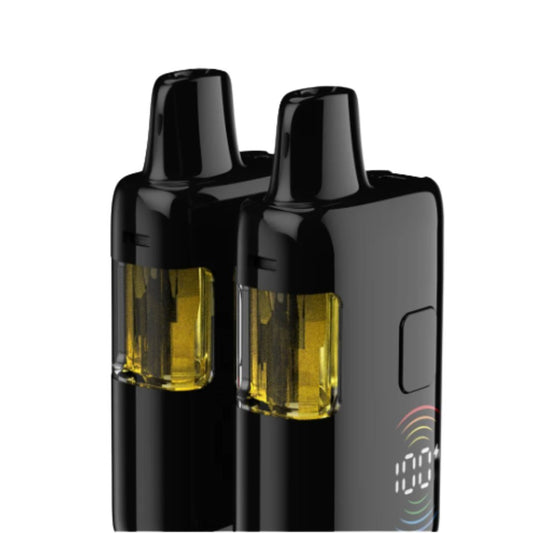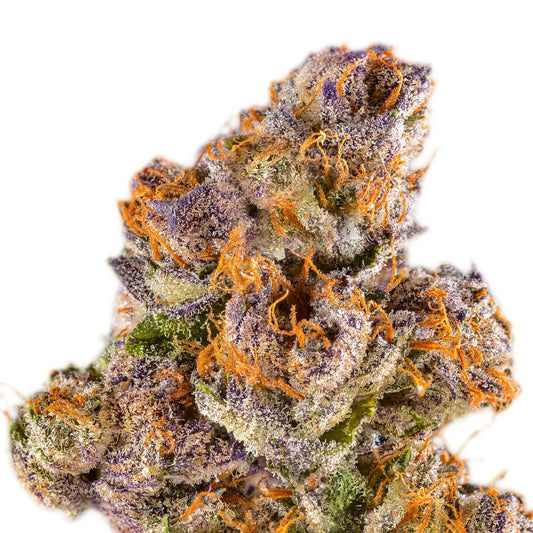Let’s clear something up.
Hemp is cannabis.
Follow the taxonomic tree, and you’ll discover that hemp and marijuana are both classified in the species, “Cannabis sativa.”
Domain: Eukaryota
Kingdom: Plantae
- Phylum: Spermatophyta
- Subphylum: Angiospermae
- Class: Dicotyledonae
- Order: Urticales
- Family: Cannabaceae
- Genus: Cannabis
- Species: Cannabis sativa
- Genus: Cannabis
- Family: Cannabaceae
- Order: Urticales
- Class: Dicotyledonae
- Subphylum: Angiospermae
“Hemp” and “marjiuana” are common names for plants. These labels are defined by ever-changing social and legal norms. Currently, the difference between them is the somewhat arbitrary threshold of 0.3% THC.
(Depending on which state or country you’re in, hemp is legally defined as cannabis with a THC level ranging between zero and 1%.)
What would a scientist say?
From a scientific standpoint, hemp and marijuana are both “cannabis.”
Now that it’s all cleared up, we can ask the next question…
(This is the important one.)
What is Sustainably Grown Cannabis?
Sustainably grown cannabis is hemp and/or marijuana that’s grown with a holistic landscape approach. It’s farming with a mindset that grows from the soil, and extends to all facets of the farm and its impact.
Follow the upcoming blog series, and hear it first hand from Tucker Pyne—a first-generation Oregon cannabis farmer and CEO of Lucky Elk. His blogs give a unique perspective on the role of hemp, agriculture’s fastest growing industry, in the fight to heal the planet.
Sustainably Grown Cannabis Topics
- No-Till Farming
- Water Management
- Cover Cropping
- Control of Invasive Species
- Pollinators and other Beneficial Insects
- Wildlife and Forest Health
- The Role of Cannabis in the Community








